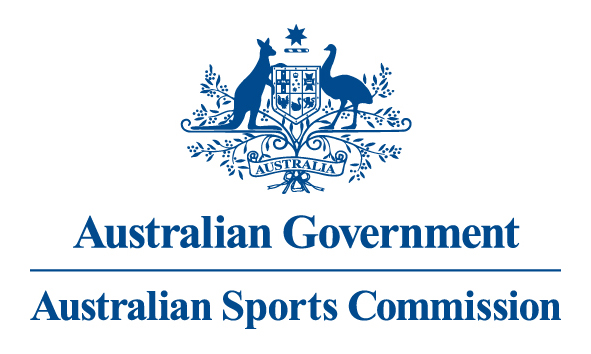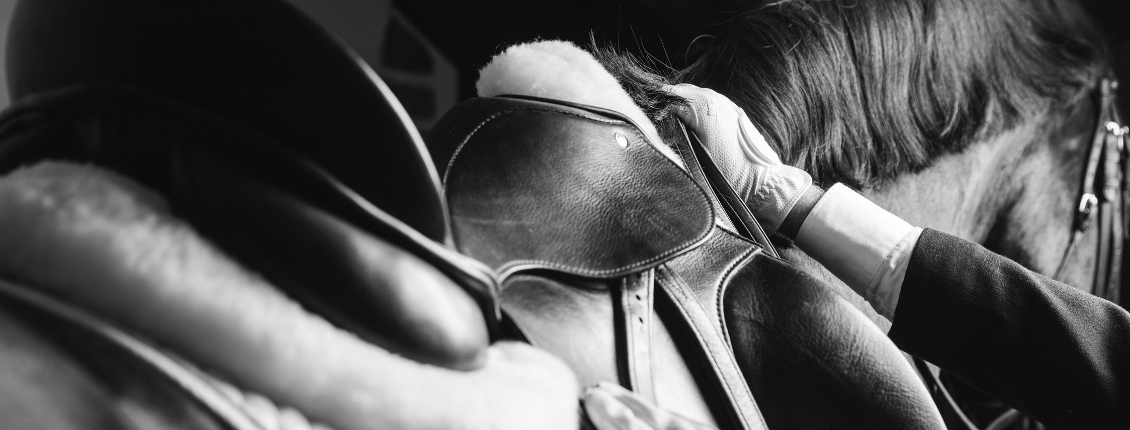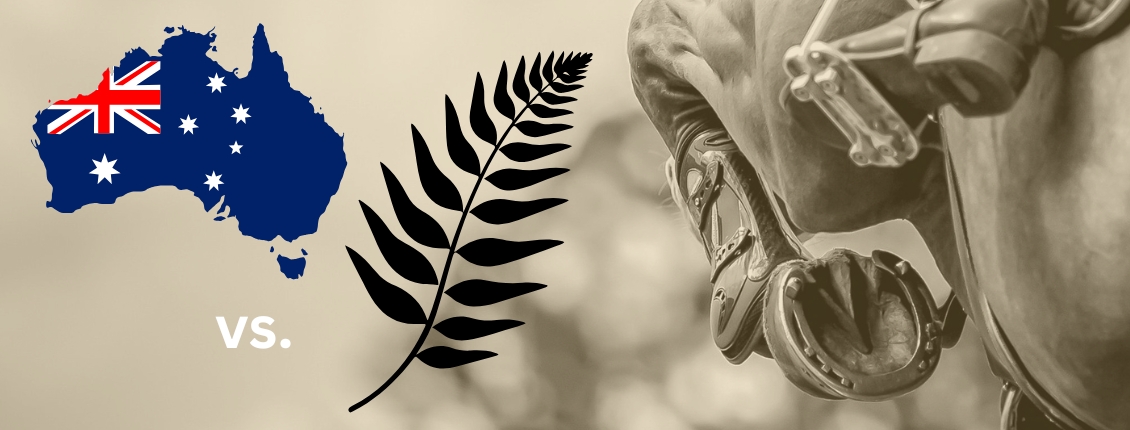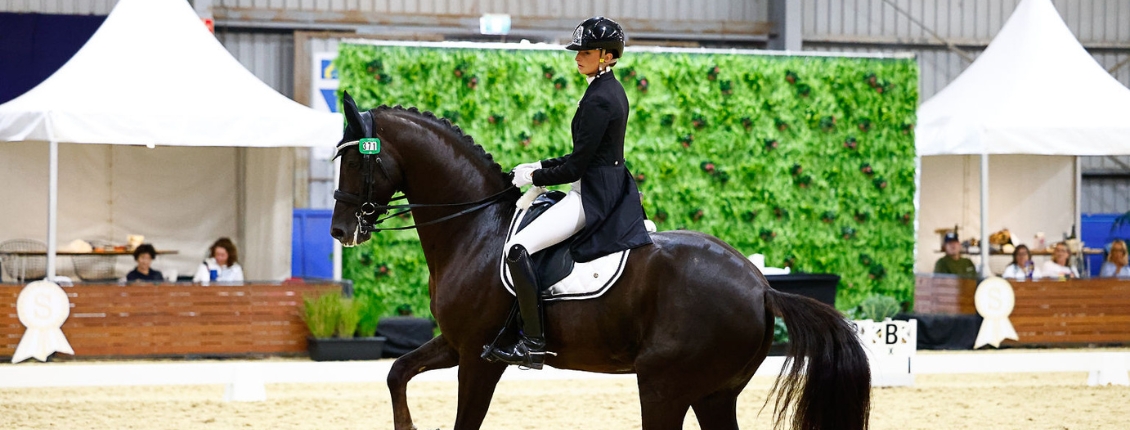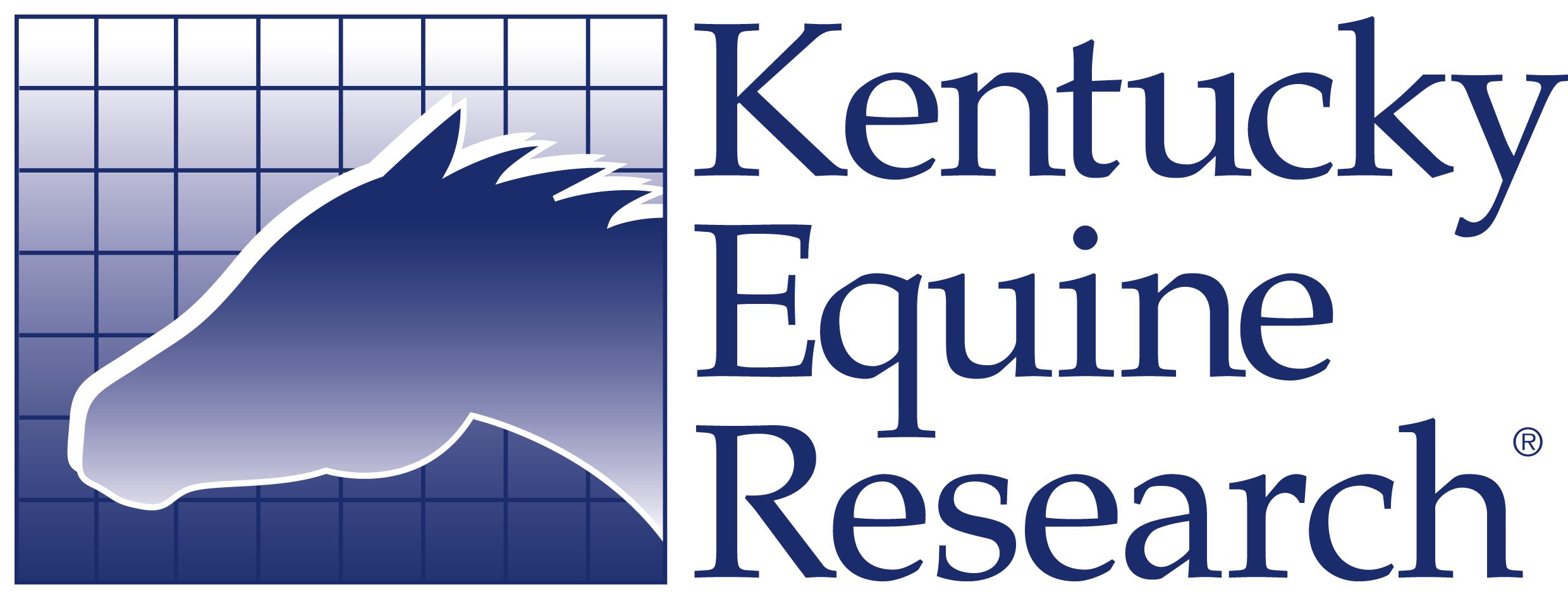
Looking after your horse’s nutrition season to season!
As the weather changes, so does your horses nutritional requirements. Below are some handy hints to put in your calendar to keep on top of your horse’s needs throughout the year.
Winter
The dreaded season for winter weight loss blues and wet, muddy paddocks is here. Do you have a horse who struggles to maintain his/her weight during the cooler months? There are a few steps to take to ensure your horse stays well covered and warm during these months. Before you even think about feed, it is important to make sure your horse has been regularly wormed and seen by an equine dentist, as sharp points, hooks, broken or infected molars may be causing discomfort and affect their ability to chew food properly, resulting in weight loss. It is best to also seek the advice of your equine veterinarian if you are having serious problems with weight maintenance to rule out any underlying medical conditions.
Once your horse has a clean bill of health, ensure they are getting enough forage in the diet. Feed your horse additional hay will help add vital calories to their diet but also help keep them warm! As the microbial population of your horse’s hindgut breakdown fiber, they actually produce heat. This heat will help keep your horse warm from the inside out! Just think of the nice warm feeling you get after having a bowl of hot soup on a cold winter night! Increasing the calories that you are giving your horse is important to combat weight loss. If you have a poor doer who drops off during winter time, consider reviewing their diet in late autumn. However, it’s not too late to make a change! Consider adding a fat supplement to the diet to increase the calories without increasing the volume of feed being given. 1 gram of fat has approximately 2.5 times the calories of 1 gram of carbohydrates, making it the perfect way to get more calories into your horse. Adding fat in the form of stabilised rice bran is a safe way of adding additional calories in a palatable form, but will also deliver protein, vitamins and minerals. Hoof health is another concern during winter. Standing around in wet and muddy paddocks increases the risk of conditions such as thrush, mud fever, seedy toe and the dreaded hoof abscess. Providing your horse with a dry area for at least part of the day is ideal, but ensuring your horse is receiving optimal hoof nutrition is also important. Providing a hoof supplement containing biotin, methionine and zinc is essential to year round hoof health. Remember, hoof supplements take approximately 9-12 months to improve the integrity of the whole hoof as they can only be incorporated into new growth, so start now to be ready for winter next year! If your horse is having the winter months off to spell, it is important to still meet their vitamin and mineral requirements regardless of the workload. If you are backing off on your normal pelleted or sweet feed, make sure you add a vitamin and minerals supplement to make up for what you have taken away. These supplements are similar to us taking a multivitamin and don’t contribute to the overall calories of the diet.
Spring
The dreaded green grass has arrived! Spring is the most common time of the year for horses to be at risk of laminitis due to the high fructan (sugar) levels in pasture. For horses that are overweight, have metabolic complications such as Cushing’s Disease or Insulin Resistance, or have a history of laminitis, it is best to restrict grazing during this time. This can be achieved by using grazing muzzles or removing them from the pasture and feeding them supplementary hay instead. In very sensitive horses, consider adding a time released hindgut buffer to help promote normal digestive function. For horses that require no supplementary feeding during this time of the year, make sure you are still meeting their daily vitamin and mineral requirements with a pelleted vitamin and mineral supplement. Even horses that normally require a daily hard feed may gain weight quickly in springtime so ensure you are monitoring their body condition carefully. Consider reducing your horse’s normal ration and provide for their vitamin and mineral requirements through a concentrated balancer pellet instead. This way you can still give them a feed and meets their vitamin and mineral requirements without the high amount of calories in a premixed or grain based meal. As the weather improves, you are probably keen to get out and start riding more often. Remember that if you have given your horse time off, his fitness will haves decreased. Bring him back into work slowly and only increase his feed as required to avoid problems such as tying up. Closer to the end of spring and at the beginning of summer a lot of horses suffer from skin conditions such as Queensland itch. Consider adding omega 3 fatty acids to your horse’s daily feed, specifically in the form of EPA and DHA to help reduce skin inflammation.
Summer
Water, water and more water is certainly the order of this season! The importance of horse’s having access to fresh, clean water for your horse to drink at all times cannot be understated. The average horse can drink between 40-90 litres a day in hot and humid conditions. A lactating mare can consume even more! We have all had a frustrating experience where our horse hasn’t wanted to drink! When taking your horse to competitions or away from his usual environment, make sure that you have a plan to get him drinking unfamiliar water. Cooling horses down after work is equally important. It’s not true that pouring cold water over hot muscles will cause cramping. Apply cold water, scrape it off, and pour on more to carry heat away. This helps the horse’s body to cool down. Allow your horse to drink during and after exercise periods. All horses and ponies should have access to plain white salt blocks or pink Himalayan rock salt as sodium and chloride, the two minerals in salt, are the only minerals that horses can actively seek out. If you are concerned about leaving a salt block in the paddock, you can add 30g salt to their daily feed. If your horse regularly sweats a lot during exercise, an electrolyte replacer may be required. Replacing the electrolytes that are lost in sweat is important year round, but the effects of not replacing these can be more detrimental during summer. Horses can lose 10L of sweat an hour in hot conditions. Sweat is made up of sodium, chloride, magnesium, potassium and calcium so it is very important to choose an electrolyte replacer that is going to mimic this. Failure to replace these electrolytes can cause dehydration, tying up and colic among other nasty conditions. Ensuring that you offer your horse fresh, clean water after providing electrolytes is important as they are likely to be thirsty! Last but not least for summer is ensuring that your horse has access to enough forage to keep his gastrointestinal tract healthy. Horses require a minimum of 1.5% of their body weight (approx. 7.5kg for a 500kg horse) in forage per day. During summer when pasture can be almost nonexistent, it is important to provide horses with an alternate source of forage such as hay. This hay should be provided in a slow feeder so horses have access to it all times.
Autumn
As the days get shorter, your horse’s coat gets longer. It’s a good time to address any issues with your horse’s coat and make sure that rugs are taken off regularly to check the health of the hair and skin underneath. Many people will clip their competition horses to maintain coat health for showing and competing. Consider adding a coat conditioner to your horse’s ration or alternatively include a fat source in the diet as this can make a significant improvement in coat quality. Don’t be fooled by the grass at this time of the year. Although pasture is browning and doesn’t look appetising, the sugar content of the grass can still be a problem for horses at risk of laminitis. Shortening daylight hours in combination with cooler weather, overnight frosts, overgrazing, or several dry days followed by rain can all lead to increased fructan (sugar) intake for horses with access to pasture. Autumn is still a high risk time for sensitive horses prone to laminitis or those with Cushing’s Disease or Insulin Resistance so be on the lookout for the warning signs! The horse’s joints were not made for the levels of stress that we put them under with regular work. Consider adding a joint supplement to your performance horse’s diet to help prevent damage and inflammation as a result of work. Do your homework and make sure that you only purchase well researched and scientific products as there is a lot of misinformation out there! Remember that joint supplements can’t undo the damage that is already done but can help prevent or slow down some of the damage occurring in the first place. Don’t forget your old retired horse as they often benefit from joint supplements, especially coming into the cooler winter months. Now is the time to start preparing your horse’s for winter. Review their feeding regime and make sure their dental health is up to date. Ensure adequate body condition before the temperature drops. For horses that are inclined to lose weight in the colder months, prevention is always better than cure and ensuring adequate body condition now can make a significant difference to how they maintain their weight over winter. Feed plenty of hay, the correct amount of a fortified feed, and a fat supplement such as stabilised rice bran to manage body condition. If you have any queries about your horses’ diet at any stage of the year and want to double check that he is getting everything that he need, contact Kentucky Equine Research’s FREE nutrition advice line on 1800 772 198 , email [email protected] or submit a diet analysis through our website www.ker.com


